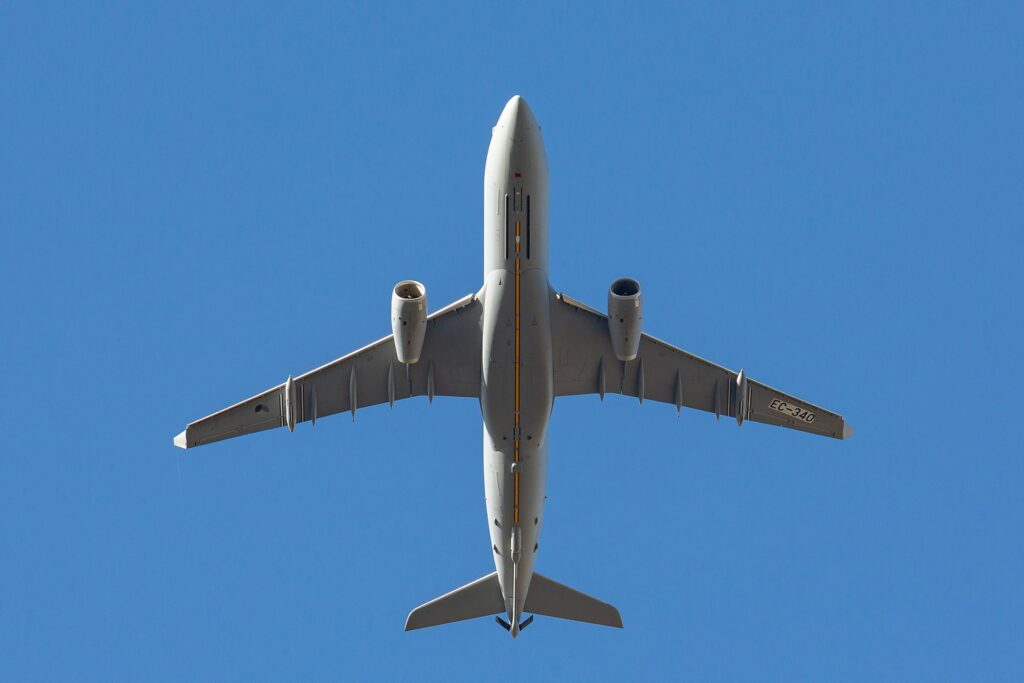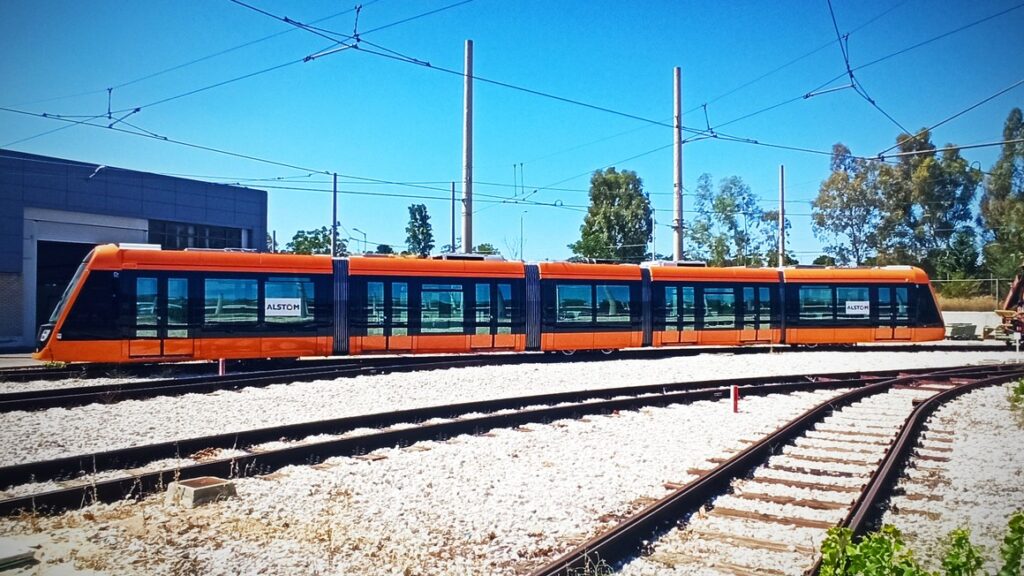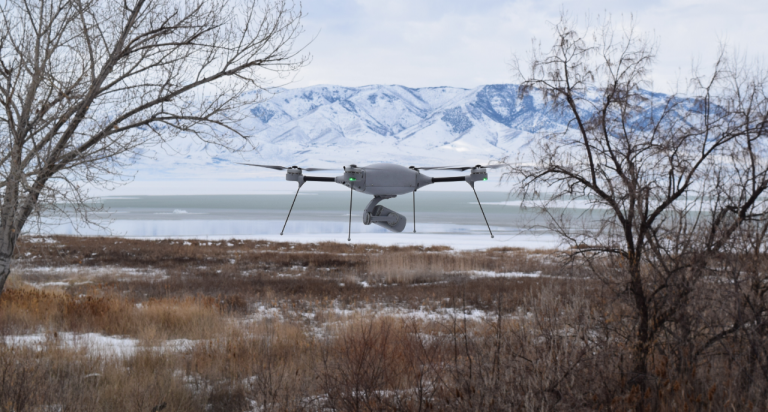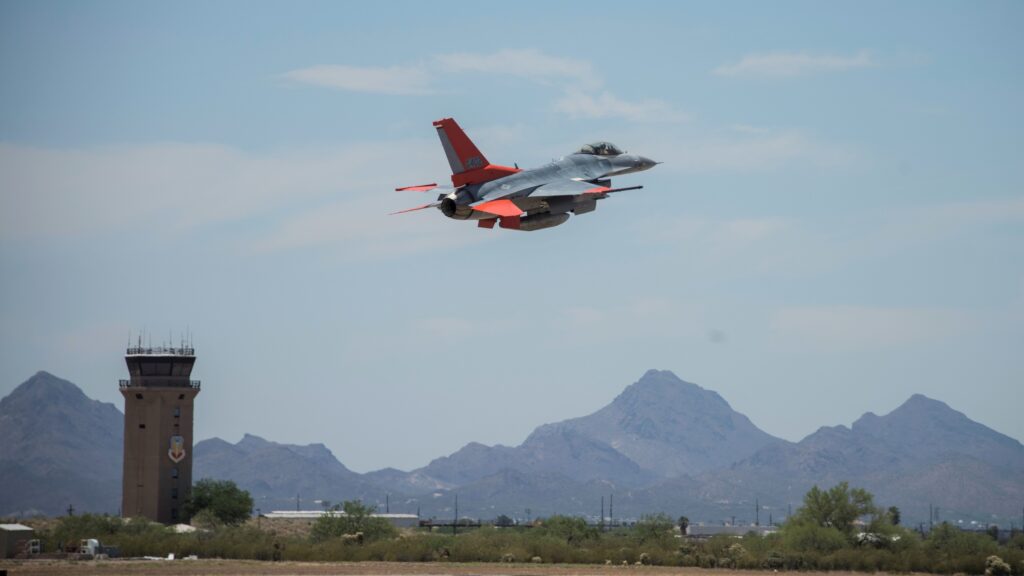NATO Support & Procurement Orders Additional Airbus A330
Airbus has received a firm order for an Airbus A330 MRTT Multi-Role Tanker Transport from OCCAR, Europe’s organisation for the management of cooperative armament programmes. The order, which OCCAR has placed on behalf of NATO’s…




